Questionhi. i have a 5 year old mare that i have had for 3 years now. i train my own horses so im looking for any help i can get. i have shown her in english for the past couple of years and i am wanting to show her in western pleasure this up coming year. her problem is her trot. for some reason i cant figure out how to slow it down. i have been riding her lately with a rope halter and worked on flexing thinking that maybe that would work. i have also tried serpentines and trotting for about 15 feet stopping and backing. her lope is really good and i can get her to do pretty much anything on the ground. she also has a pretty solid headset. we have her half brother and i am showing him in western pleasure. he is doing really good and i tried some of the stuff that i did with him but every horse is different so none of that really worked. as i said im just looking on how to slow that trot down.
AnswerHi Cassie!
This really is more of an issue of collection and not just slow. A slow trot will have no power and a hollow back and topline. Also, take into account your horses confirmation. If this is difficult for your mare, asking for too much can get you some really strange movement. After all in WP, the move in AQHA is for less artificial, more natural and correct movement taking into account how the horse is built.
That being said, I have All-Around horses that are successful in the Hunters AND western pleasure. Be aware that your mare may be a super-star in the hunters and not shine as as bright in the pleasure, so be realistic in your expectations.
Here are some things that will help out: Collection needs to come from a pure place that is free, strong, balanced and cadenced. I would avoid using draw reins and lounging with side reins. The horse will brace against these or become reliant on the equipment. Make sure that you start with the feet. Be less concerned with what the head is doing and more aware of what the feet are doing. Collection will need to develop over the whole topline of the horse. False collection, or a headset with no body involvement, will leave the hindquarters out behind the horse and not reaching up and under the body, with a deep push in the hocks. Back lots of circles. Make sure the horse is pushing off the ground in the back-up and not reaching out with the hind feet. This may mean lifting the head a bit to set her over her hocks. Back evenly to both the right and the left. This will help develop a good strong loin and over all balance in the horse.
Do lots of haunches-in left and right. I like to use the quarter line in the arena and do both left and right haunches-in on the long sides and then release the rein on the short side of the arena, drape your rein, and allow the horse to carry the movement. Make sure your haunches-in is very good at the walk first before moving up to the trot. The other thing to watch for here is that your horse not get behind the vertical. You should be able to pick up a soft feel with the haunches-in. If you are feeling a brace, go back and work on that by yielding hindquarters with energy and freedom in the feet. Most all bracing in the body can be traced right back to the feet again!
Do LOTS of transitions. From the walk, medium walk, lengthened walk, to the trot (Jog), working trot, lengthened trot. Up and down the scale. Make it clear in the downward transition what you want. It may not look pretty in the beginning but all of the other exercises will help clean up the pretty. If your horse is too forward and a half-halt is not quite effective, and you need to do more, yield the hind quarters and then go back to the scale of upward and downward transitions. The same collection that gives you a good lengthened trot will also make the jog possible. Getting back over the hocks, getting a round topline, and keeping the feet free are all things to watch for in these movements. Your horse has a range of speeds she can move at, getting there takes practice.
In the round pen, half-hitch your mecate over your horn, make the commitment not to touch your reins unless an emergency crops up. With your leg and body, ask your horse to walk out. Pick a spot in the pen that is "your spot" focus on it and do not take your eyes off of it. I want you to concentrate on getting your horse to stop on this "spot". In doing this exercise, your horse will learn how to tune into your body language and you will have to learn how to relax in the saddle and bring that message to your horse. This will make a huge difference in the show pen, especially in the pleasure. When your horse moves away from the spot I want you to ride ugly. Bounce a bit, bump with your legs in an ugly way, just do enough to make your horse a bit uncomfortable. She may pick up a trot or a lope, no big deal, keep your eyes on your spot! When she faces in the direction of the spot, RUB HER! Get smooth and make it clear that the direction she is moving is correct! Rub, DO NOT PAT, rub her soft like her mother would do, get soft and quiet in the saddle, get smooth. She may slow her feet and question what is up but might not figure out that she is supposed to stop. This may take her a bit to figure out. A lot depends on your feel and timing. When she passes the spot, get ugly again. Only do what it takes to make it known that she has not found the answer. Again, when she faces up on the spot, get smooth, soft and rub. I want you to be able to rub her to a stop on your spot. Keep up this pattern until she understands and you can stop her with a feel from a walk, trot and canter. I also want you to do this at the working trot and the jog making sure to change the rhythm of your posting to open up the trot, to slow the trot and then sit deep with an open chest to jog.
Make sure you are NOT holding your breath. Always exhale on downward transitions, and BREATH! I don't want you holding any tension in your body and holding your breath is a common problem.
Try this out. Let me know how things are going. As you work through these exercises, you may have more things come up. Let me know and we will talk about them. Have Fun!
Smiles! Denise

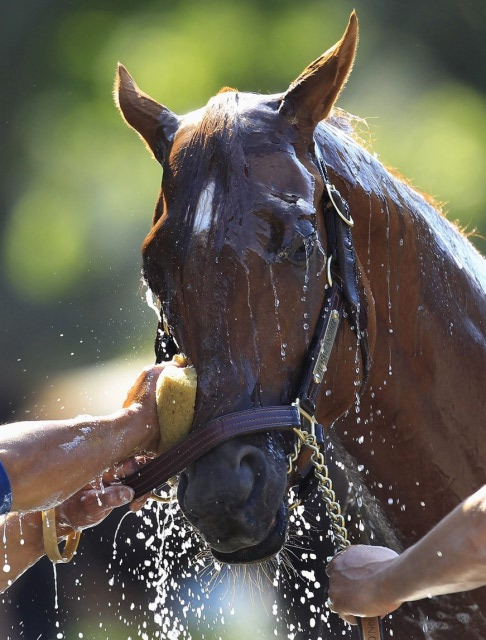 washing horse face softly
Question
washing horse face
hello maam, i believ
washing horse face softly
Question
washing horse face
hello maam, i believ
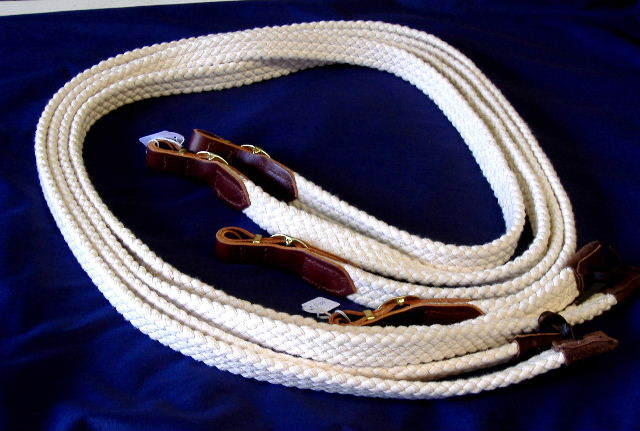 braided reins for racing
Question
braided reins
hello sir, what are the u
braided reins for racing
Question
braided reins
hello sir, what are the u
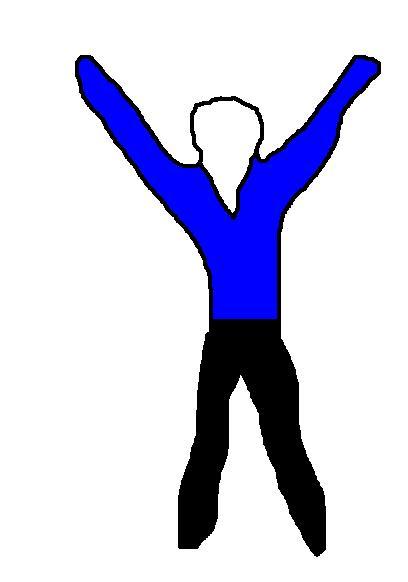 throwing hands into the air
Questionthrowing hands into th
QUESTION: hello s
throwing hands into the air
Questionthrowing hands into th
QUESTION: hello s
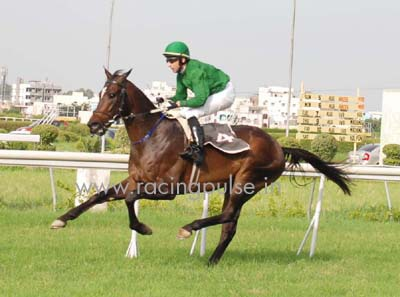 horse having longer stride
Question
longer stride
hello maam, this horse na
horse having longer stride
Question
longer stride
hello maam, this horse na
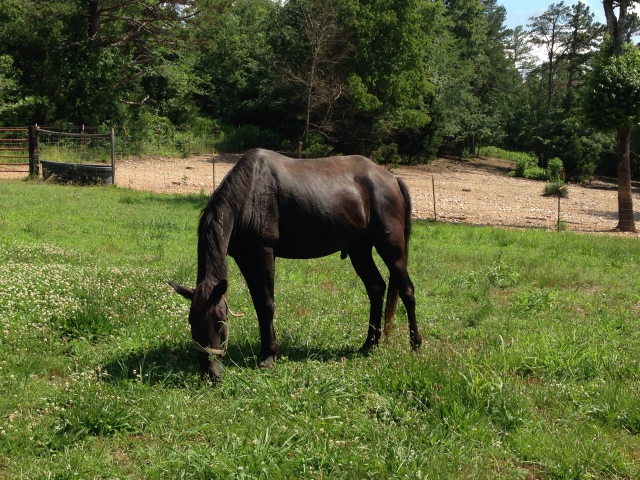 My Horse acts like a completely different horse when I let him out of his pasture/pen.
Question
My baby
I have a 20 year old fully brok
My Horse acts like a completely different horse when I let him out of his pasture/pen.
Question
My baby
I have a 20 year old fully brok